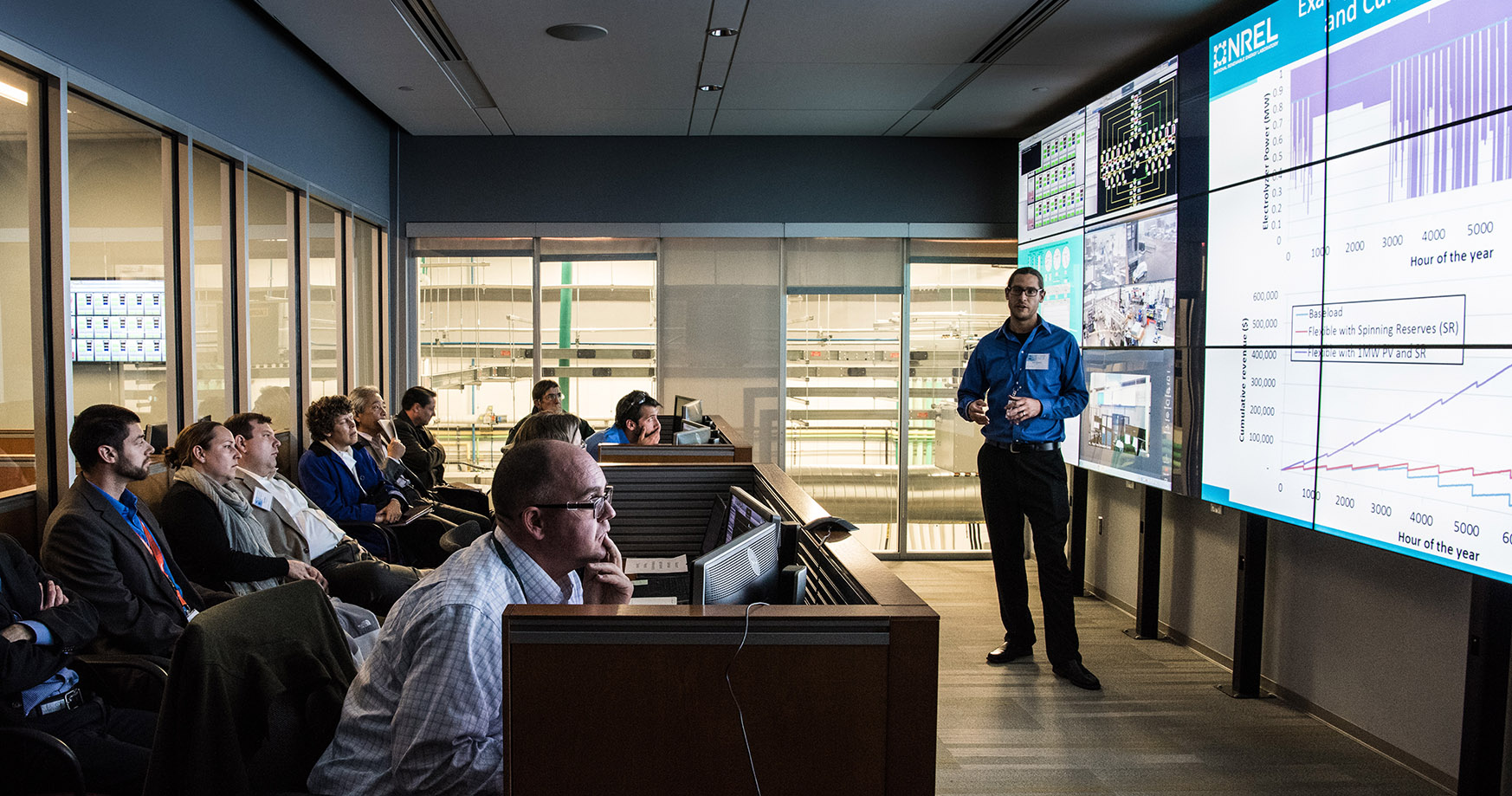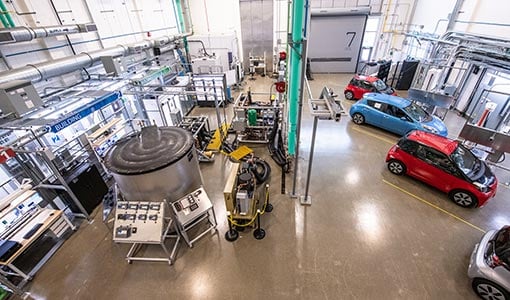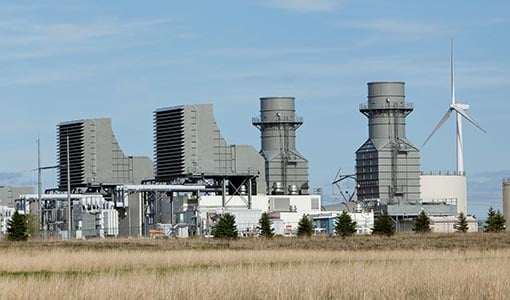Integrated Energy Systems
Integrated energy system simulation is an approach in which researchers consider a multi-system energy challenge holistically rather than looking at each of the systems in isolation.

For example, if the goal is to provide heat and electricity to a group of buildings while reducing natural gas use, integrated energy system simulation is an effective approach to find ways to achieve this goal.
Capabilities
NLR capabilities include co-optimization across multiple energy systems, including:
- Electric power generation (conventional, hydro, and renewable)
- Natural gas production, transportation, and use
- Water production, transportation, and use
- Hydrogen production, transportation, and use.
These capabilities allow us to perform hydro, thermal, and gas infrastructure investment and resource use coordination for time horizons ranging from subhourly (markets and operations) to multiyear (planning).
Projects
NLR researchers have debuted a powerful grid modernization software named the Hierarchical Engine for Large-Scale Infrastructure Co-Simulation (HELICS). It's a high-performance framework for linking multiple off-the-shelf simulation tools to act as a single unified model, exchanging data at each time step. HELICS is open-source, cross-platform, and scalable from laptop to high-performance computing environments.
Its support for combining cyber (i.e., communications, control) and physical domains of energy systems provides a modular platform for never-before-possible simulations such as bringing together multi-energy systems simulations from buildings, grid, transportation, and water or testing the performance and scalability of novel autonomous energy system controllers, algorithms, and architectures.
Other use cases include large-scale integrated transmission-distribution simulation and cybersecurity and resilience evaluation. HELICS was developed as part of a Grid Modernization Laboratory Consortium initiative in collaboration with Lawrence Livermore National Laboratory, Pacific Northwest National Laboratory, and Argonne National Laboratory.
NLR is helping Aruba meet its ambitious goal to move to 100% renewable energy. Working closely with the local utility, NLR has used it capability of co-optimizing across multiple energy systems (in this case, electricity, cooling, transportation, and biomass) to identify the least-cost ways to meet the island's energy goals. We're helping modernize Aruba's generation system by increasing its reliability.
NLR is working with SoCalGas to explore the feasibility of storing energy that might otherwise be curtailed as chemical energy in the form of carbon-neutral methane. By converting the electricity to methane, energy can be stored for weeks or even months—the system leverages the existing natural gas infrastructure—and used when needed. For example, mid-day in early to late spring, sunshine is abundant, but electric loads are low. This is an ideal time to convert and store energy generated from photovoltaic systems as carbon-neutral methane for use in generating electricity later in the year. Our integrated energy simulation capabilities allow us to optimize the storage and use of energy.
Share
Last Updated Dec. 7, 2025


